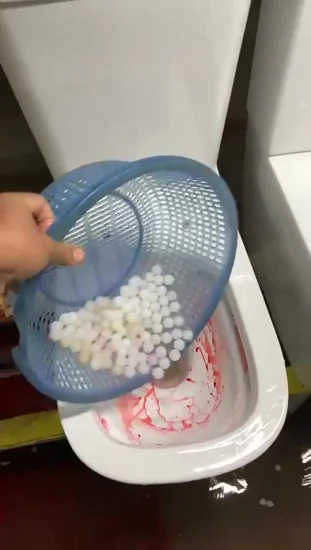What're your thoughts with regards to Flushing Food Down the Toilet??

Introduction
Many people are commonly faced with the problem of what to do with food waste, especially when it pertains to leftovers or scraps. One typical concern that occurs is whether it's fine to flush food down the commode. In this short article, we'll explore the reasons people might consider flushing food, the repercussions of doing so, and different methods for correct disposal.
Reasons why people could consider purging food
Lack of recognition
Some people might not understand the possible harm caused by purging food down the bathroom. They may mistakenly believe that it's a safe technique.
Comfort
Purging food down the commode might appear like a quick and easy solution to taking care of undesirable scraps, especially when there's no close-by trash bin readily available.
Idleness
Sometimes, people may merely choose to flush food out of large laziness, without taking into consideration the repercussions of their actions.
Consequences of flushing food down the toilet
Environmental effect
Food waste that winds up in rivers can contribute to contamination and damage aquatic ecological communities. In addition, the water utilized to flush food can stress water resources.
Plumbing concerns
Flushing food can result in clogged pipes and drains pipes, causing pricey plumbing repair services and aggravations.
Sorts of food that ought to not be flushed
Fibrous foods
Foods with coarse appearances such as celery or corn husks can get tangled in pipelines and trigger obstructions.
Starchy foods
Starchy foods like pasta and rice can absorb water and swell, causing clogs in pipelines.
Oils and fats
Greasy foods like bacon or cooking oils must never ever be flushed down the bathroom as they can solidify and cause obstructions.
Appropriate disposal methods for food waste
Utilizing a waste disposal unit
For homes equipped with garbage disposals, food scraps can be ground up and flushed via the pipes system. Nevertheless, not all foods appropriate for disposal in this way.
Recycling
Specific food product packaging materials can be recycled, decreasing waste and reducing ecological influence.
Composting
Composting is an eco-friendly means to deal with food waste. Organic materials can be composted and made use of to enhance dirt for gardening.
The relevance of proper waste management
Lowering environmental damage
Appropriate waste monitoring practices, such as composting and recycling, aid lessen contamination and protect natural deposits for future generations.
Shielding plumbing systems
By avoiding the technique of flushing food down the toilet, house owners can prevent costly pipes fixings and maintain the stability of their pipes systems.
Conclusion
Finally, while it may be appealing to flush food down the toilet for comfort, it is necessary to recognize the prospective effects of this action. By taking on appropriate waste management techniques and taking care of food waste sensibly, individuals can contribute to healthier plumbing systems and a cleaner environment for all.
FLUSH FOOD DOWN THE TOILET?
FLUSHING FOOD CAN CAUSE BLOCKED DRAINS IN YOUR HOME
All of the plumbing fixtures in your home are connected to the same sewer pipe outside of your home. This outdoor sewer pipe is responsible for transporting all the wastewater from your home to the Council sewer mains. Even small pieces of food that go down the kitchen sink can cause problems for your sewer. It should therefore be obvious that flushing larger bits of food, such as meat, risks a clog in either the toilet itself or the sewer pipes. Flushing greasy food is even more problematic because oil coagulates when it cools, coating the interior lining of your pipes.
THE TOILET IS NOT A BIN
Food isn’t the only thing that people shouldn’t be flushing down the toilet. People use the toilet to dispose of all kinds of things such as tampons, makeup wipes, dental floss, kitty litter and even underwear. Water goes to great lengths to educate residents about the high costs and stress placed on wastewater treatment systems simply from people flushing the wrong stuff down the toilet. It costs taxpayers millions of dollars each year, and homeowners thousands in blocked drain repairs.
FLUSHING FOOD IS A WASTE OF WATER
Flushing food is a waste of our most precious resource - water. In June this year Level 1 water restrictions were introduced to protect water supply from drought conditions. Much of New South Wales continues to be affected by prolonged drought with recent figures revealing up to 97 per cent of the state remains in drought. Depending on whether you have a single or dual flush toilet, every single flush uses between five and 11 litres of water. In the current climate this is a huge amount of water to be wasting on flushing food that should be placed in the bin (or better yet, the compost).
https://www.jabplumbingsolutions.com.au/blog/can-you-flush-food-down-the-toilet

Do you appreciate reading about Is it safe to flush food (especially rice) down the toilet?? Write a review further down. We would be glad to see your feelings about this post. In hopes to see you back again in the near future. Do you know somebody else who is enthusiastic about Is it safe to flush food (especially rice) down the toilet?? Be sure promote it. Bless you for your time. Don't hesitate to come by our site back soon.
Website